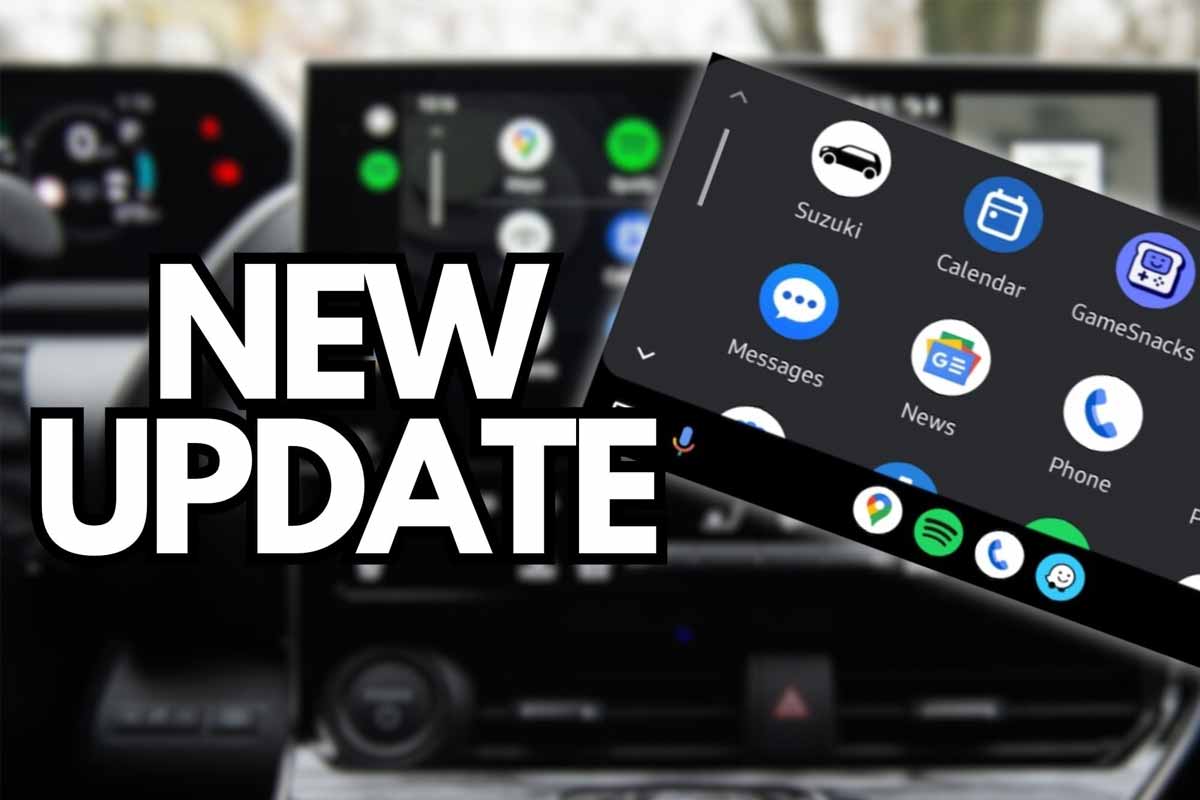A quiet switch can still change the drive. The latest Android Auto rollout arrives in waves, designed to feel seamless while it spreads. Early adopters see it first, then everyone follows. That pace protects stability, yet it also stirs curiosity about what’s tucked inside. As the release expands, Google keeps the focus on reliability, smooth connections, and low-friction updates that don’t distract behind the wheel. Expect incremental polish now, plus headline additions as the calendar advances.
What Google is shipping and why it’s staggered
Android Auto 15.4 reached beta in early October, then stayed there longer than usual. Typically, production follows a week later, yet this build took extra time for undisclosed reasons. That pause suggests deeper validation to catch edge cases before the broader push begins.
The production release now follows a wave model. Not every device lights up at once. The staged cadence surfaces rare bugs early, then the team adjusts. During those first days, only a slice of dashboards updates, while metrics guide the next expansion.
If you don’t see the build, patience still pays. However, sideloading is an option. The APK route installs the same version and takes seconds. Download, tap the file, grant requested permissions, and you’re set. That route suits power users, while the rest can wait for Play Store delivery from Google.
How the update arrives and options to install
Most drivers let the Play Store handle it. When automatic updates are on, Android Auto refreshes in the background. No menus, no clutter, and no learning curve. The car connection then picks up the newest version on the next drive.
Manual installers prefer control. The standalone APK mirrors the official package. After the download completes, a single tap starts the process. If Android flags permissions, approve them. The app restarts with the new build live. For many, this remains the quickest path today.
Not on the first wave? That’s normal with staged releases. Rollouts expand as telemetry stabilizes. If something misbehaves, reboot the phone, then the head unit.Update other companion apps as well. A fresh handshake often resolves handshake hiccups before Google ships a follow-up patch.
New features under test and the bigger assistant shift
Official changelogs are thin, so beta clues matter. Recent builds experiment with accent colors that match your phone’s wallpaper. In a car, gentler hues help legibility and reduce glare. Visual alignment across services also simplifies mental load on the move.
Pixel extras are on deck. Call notes and a call screen are slated before year’s end. Both depend on Gemini, the next assistant. Expect tighter flows for capturing context, organizing follow-ups, and making calls feel more actionable from the dash.
The assistant itself is changing. The firm is replacing the previous voice helper with Gemini in Android Auto by year’s end. A Mercedes showcase already previewed capabilities. Rich understanding, faster summaries, and smarter suggestions should lift everyday tasks. If pairing fails on a Pixel 10, install the latest build; many users report the fix lands once Google’s update is in place.
Where Google Maps changes show up in cars
Maps is gaining an incident-reporting button on smaller infotainment screens. It first appeared in 2024 on larger displays. Now, 7- and 8-inch units can flag issues too. The result: more reports from more cars, which sharpens routing for everyone nearby.
Hazard pinning started in 2019 on phones, then expanded last year to Android Auto and CarPlay. That turned the mapping app into a better rival to Waze for common events. Drivers can mark accidents, roadworks, and speed traps directly on the car screen.
The feature rolls out gradually. Update the mapping app on your phone to see it. Coverage and categories still differ by platform. While Waze includes potholes and road debris, the mapping app focuses on the most frequent alerts. Expect refinements as Google studies real-world usage.
Timing, expectations, and what to watch next
Broad availability for 15.4 lands in November. If sideloading isn’t your style, the update should show up next month. Staged waves continue to protect stability, while targeted fixes are folded in as feedback arrives.
Hidden improvements often trail the headline notes. Early users surface corner cases, then engineers ship corrective builds. Keep Android Auto, the mapping app, and core services current. Small companion updates often unlock big wins.
Gemini remains the big horizon. As features like call notes and call screen go live, voice flows should feel sharper and more helpful. Accent color tuning will also settle into a consistent look. Meanwhile, watch smaller screens gain tools once limited to bigger units, guided by Google telemetry.
Why this update matters on the road today
A careful rollout favors trust. This release starts small, grows with confidence, and leaves room for fixes without drama. Install it now via APK if you prefer control or let the Play Store bring it to you. The headline items—Gemini, Pixel extras, visual polish, and new reporting on compact screens—point to a cleaner, calmer drive powered by Google without demanding attention.
